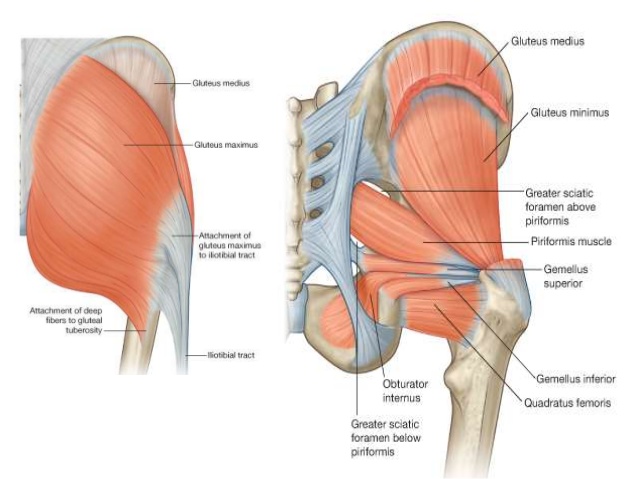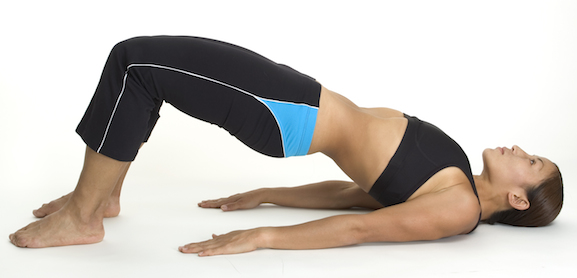Is It True That Weak Glutes Cause Low Back Pain?
For years, our industry has heard about the link between weak glutes and Low Back Pain (LBP). As a result, glute strengthening has become the go-to approach for low back pain rehabilitation.
To fully comprehend this, let us first review the functional anatomy of the glutes:
The gluteals are composed of three major muscles:
Gluteus maximus (Gluteus maximus)
Gluteus medius
Gluteus minimus

What do we currently know about LBP?
LBP will affect 70-80% of adults at some point in their lives (1). LBP is the leading cause of disability worldwide (12)
While most patients’ acute LBP resolves within a few weeks (15), a large proportion of them still have pain one year after symptoms first appear As a result, it is our responsibility as clinicians to better understand how to treat these cases in order to improve the lives of the clients we work with.
Why have so many people concluded that glute weakness, in particular, is a major cause of LBP?
Given that nothing ever works in isolation, it stands to reason that we, the practitioners, have been assessing not only the site of the pain but also above and below it for a more holistic approach. This is where the concept of glute weakness comes into play.
The lumbar spine’s musculature is biomechanically designed to extend and laterally flex. I would also argue that the glutes’ primary function is not to move but to stabilize the pelvis. However, when there is a lack of stability at any joint, the surrounding muscles increase in tonicity to compensate for the instability and avoid problems.
With LBP, this manifests as a lack of pelvic stabilisation (also known as poor glute function or weakness), in which the lumbar spine muscles take over as the primary stabilizers due to their insertions onto the superior aspect of the ilium (top of the pelvis). As a result, when the low back musculature attempts to stabilize the pelvis (which is not its primary function), it requires the recruitment of additional muscle fibers. According to the thought process, this can increase muscle tension, tenderness, and pain (1). (3).
With movements in which spinal extension replaces true hip extension, there is also the risk of over-recruitment of the lumbar spine musculature. Consider a rounded spine in squats or the inability to hinge effectively through movements. This shifts forces into the low back and away from the glutes, resulting in increased strength in the spinal extensors while decreasing strength gains in the hip extensors (gluteals).
Because of these factors, it stands to reason that glute weakness could be a contributing factor to LBP, particularly inactive patients. The vast majority of the literature confirms that glute weakness correlates with LBP, whether through the above-mentioned mechanisms or not. When compared to pain-free people in the same cohort, chronic LBP patients have a general lack of muscle tone in the surrounding areas.


We know that a lack of gluteal strength can contribute to LBP, but how do other muscle groups play a role?
This content is private. please select our membership plan to unlock the private content features.
Click here
And unlock the content.




